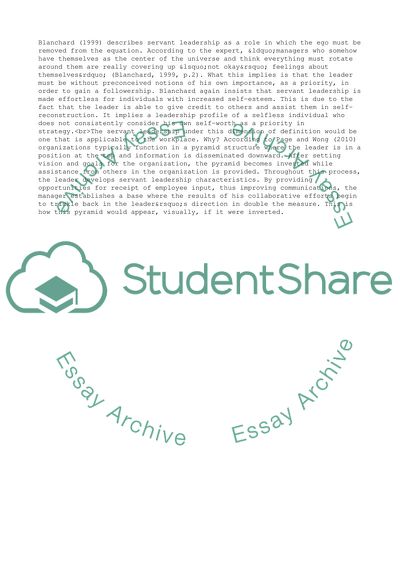Cite this document
(“Servant Leadership and its Practical Contemporary Application Term Paper”, n.d.)
Servant Leadership and its Practical Contemporary Application Term Paper. Retrieved from https://studentshare.org/management/1746365-servant-leadership-is-my-chosen-leadership-philosophy
Servant Leadership and its Practical Contemporary Application Term Paper. Retrieved from https://studentshare.org/management/1746365-servant-leadership-is-my-chosen-leadership-philosophy
(Servant Leadership and Its Practical Contemporary Application Term Paper)
Servant Leadership and Its Practical Contemporary Application Term Paper. https://studentshare.org/management/1746365-servant-leadership-is-my-chosen-leadership-philosophy.
Servant Leadership and Its Practical Contemporary Application Term Paper. https://studentshare.org/management/1746365-servant-leadership-is-my-chosen-leadership-philosophy.
“Servant Leadership and Its Practical Contemporary Application Term Paper”, n.d. https://studentshare.org/management/1746365-servant-leadership-is-my-chosen-leadership-philosophy.


